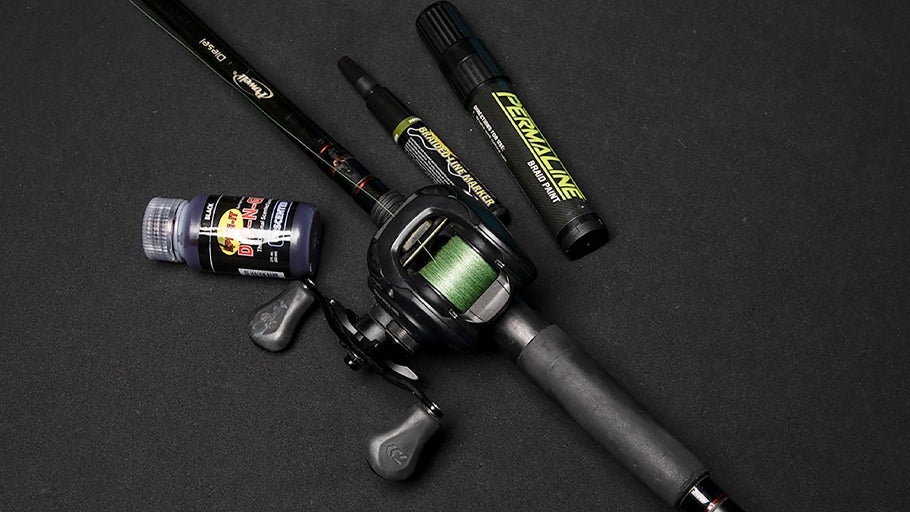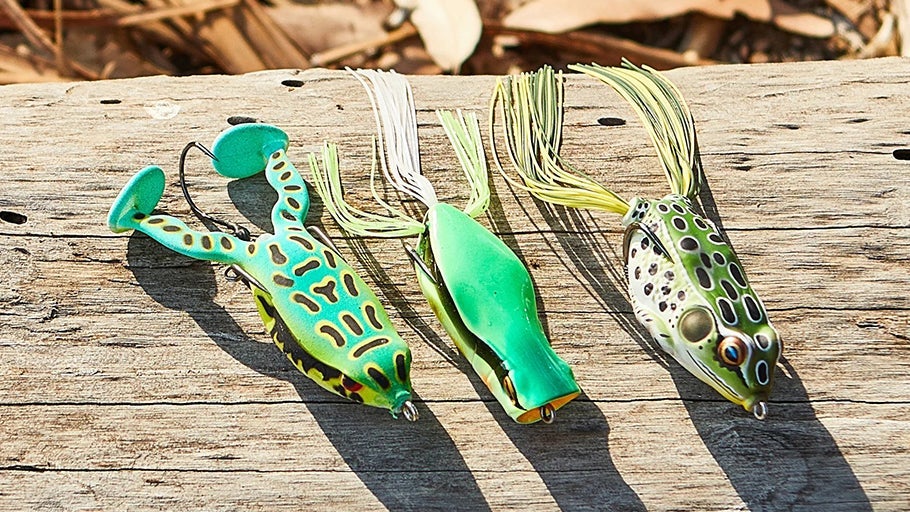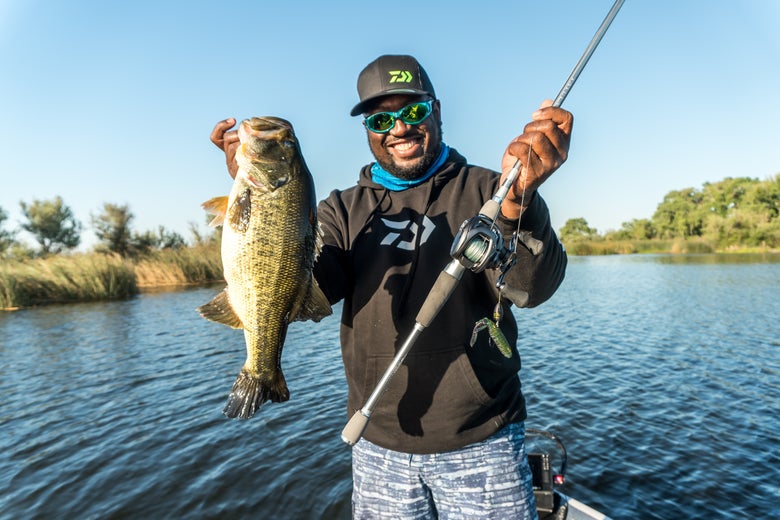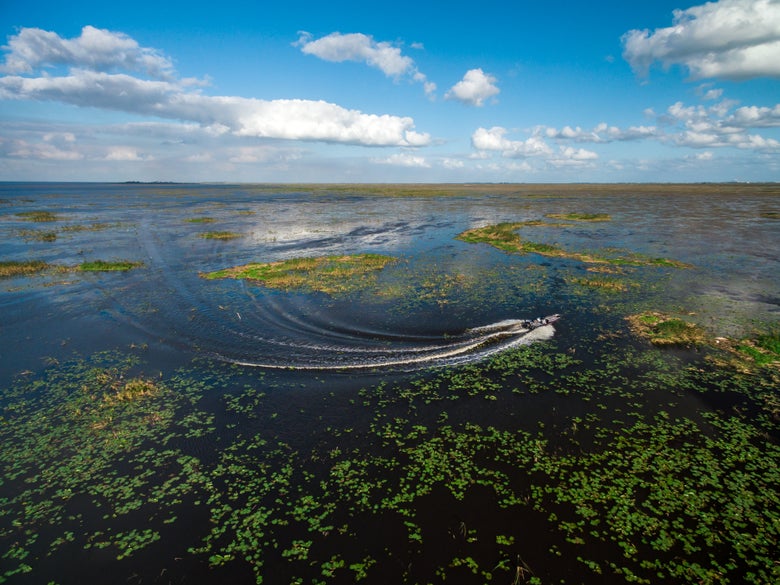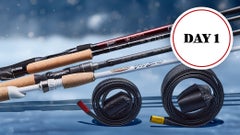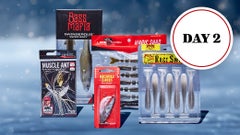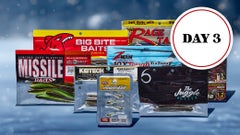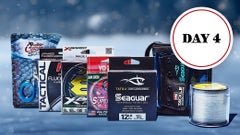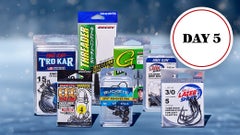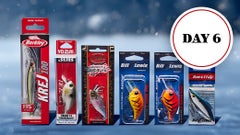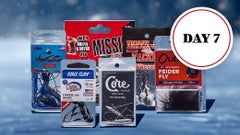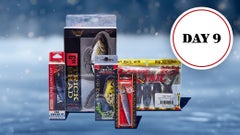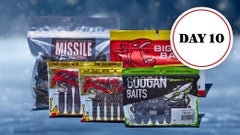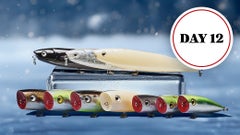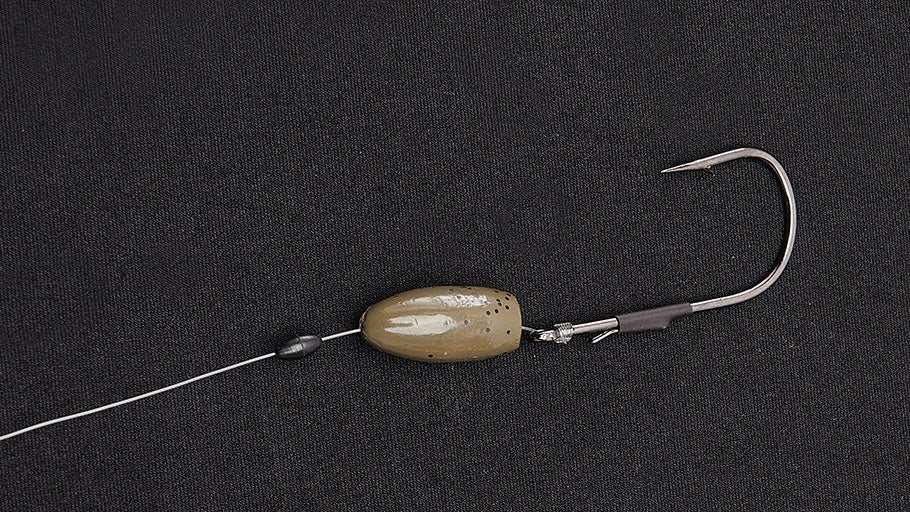
Punch Rig Gear Guide
As the blistering hot days of summer arrive, bass will look to take cover in the cooler, oxygenated water that exists under heavily matted vegetation. There aren’t many lures or techniques that can be used to access these fish, so now is the time to reach for your heavy punching gear and invade these weed-choked hog havens. A punch rig, typically composed of a punch stop, heavy tungsten weight, punch skirt, and heavy-gauge flipping hook, allows anglers to easily penetrate and punch through thick cover to tempt big bass taking shelter below. In this article, we identify the ideal setup to effectively fish punch rigs in heavy cover, provide detailed modification and rigging methods, and offer up some useful tips to keep in mind while you’re punching so you can establish a productive pattern.
Punch Rig Rods
Rod selection for a punch rig is always dictated by the size of the weight you are flipping and thickness of the cover that is present. Start by looking for a heavy-powered flipping rod in the 7’6” – 8’ range with a lure rating that covers the size of weight needed to get your punch rig in and out of cover. A fast action helps the rod tip load quickly to set a heavy-gauge flipping hook, and the added length provides a better angle to get the fish up and out of cover. If you are missing a lot of bites while punching, try switching to a flipping rod with a moderate-fast taper so the blank loads more into the backbone and gives the fish added time to take the bait before the hook is set.
Punch Rig Reels
There are two schools of thought in terms of the ideal gear ratio for punching, with some preferring a slower gear ratio for added torque in heavy cover, and others looking for the fastest gear ratio possible just to make more casts over the course of a day. Whatever gear ratio you prefer, just remember punching is a very close-quarters style of fishing, so line capacity is less important. Any 100- to 200-size casting reel with a heavy-duty drag system, high-speed gear ratio, and large handles to secure your grip is the ideal choice for fishing a punch rig.
Punch Rig Line
Heavy tackle coupled with heavy cover means you’ll need the power and responsiveness of a no-stretch braided fishing line when punching matted vegetation. While most anglers reach for braided lines in the 50- to 80-lb size range, it’s important to remember that braid becomes increasingly difficult to manage as it gets larger, so consider starting at the lower end of the spectrum if you want to maximize efficiency or you are new to punching. High-vis braided lines are popular for punching, as they help anglers visibly detect subtle bites on the fall, but you’ll need to keep a braid marker handy to camouflage the first few feet of brightly colored line. Braided lines in any color have a tendency to fade or turn a lighter color after a couple of uses, so keep a braid marker handy to darken the first few feet to keep your line less visible under the mat.
Modifications & Rigging
A snell knot helps you convert more bites and protects the weight from banging against the knot when you’re punching heavy cover. When you go to set the hook with a snell knot, your heavy punching weight kicks the hook point upward on the hookset to dramatically increase your hook-up ratios. Always use a peg when tying up your punch rigs, otherwise you may encounter situations where only the sliding weight is able to penetrate the mat. If the mats you are punching require more than an ounce of weight to punch through, try using two punch stops to keep your weight pegged firmly in place.
While larger weights make it easier to penetrate cover, they are also more detectable when fish bite, so try and use the lightest weight possible to punch through the cover that’s present. If the bite slows down or the fish are short-striking, try downsizing the profile of your presentation by completely removing the punch skirt; sometimes this can make all the difference.
Tips & Tricks
Usually, you’ll need to cover water to find a school of fish when punching, so remember that not all mats are created equal. Focus your efforts on transition areas between different types of aquatic vegetation and fish mats that have grown over hard bottoms or structures where you remember finding fish during other parts of the year. When you get bit, pay attention to both the location and what you were doing. How long were you shaking it before hitting bottom? Did they bite it immediately on the fall or when you were yo-yoing up and down?
If most of your bites are coming on the initial fall, it’s probably best to move quickly, give it one good hop, and reel up for your next flip. Slow down and pick areas apart when you get a bite, as the fish will often be wadded up under the mats much like you would find them on offshore structure. When it comes to bait selection, look to use soft plastics with minimal appendages and a slender body profile so your punch rig can easily penetrate heavy matted vegetation.
Being stealthy is very important when it comes to engaging in hand-to-hand combat with large fish in heavy cover, so you’ll need to find the ideal balance between getting close enough to the mat to fish effectively but far enough away to prevent spooking. Remember to always stay in direct contact with your line while punching, as it’s essential for improving bite detection, delivering quick hooksets, and determining changes in depth and bottom composition.
Colors
Green pumpkin and black-and-blue variations provide good contrast under the mat and have been long-standing favorites for punch rigs. Always keep your eyes peeled while punching, as all kinds of small forage will seek the cool water beneath a mat which may help determine the best color to match the hatch. If bluegill or shad are present in the cover you’re fishing, you can imitate them by using crawdad or beaver-style baits in similar colors. Whites and shad-pattern flip baits imitate baitfish and shad, while green pumpkin or watermelon craw plastics can be quickly accented with chartreuse dye to mimic bluegills.
The biggest bass in the lake love to take shelter underneath matted vegetation and the heaviest cover available, so every angler should have a punching setup on the boat deck for targeting these hunkered-down fish. Just keep in mind that being efficient is key when it comes to locating fish, and every element of the punch rig is critical to your success and can be adjusted to match your particular fishing style or preferences.

